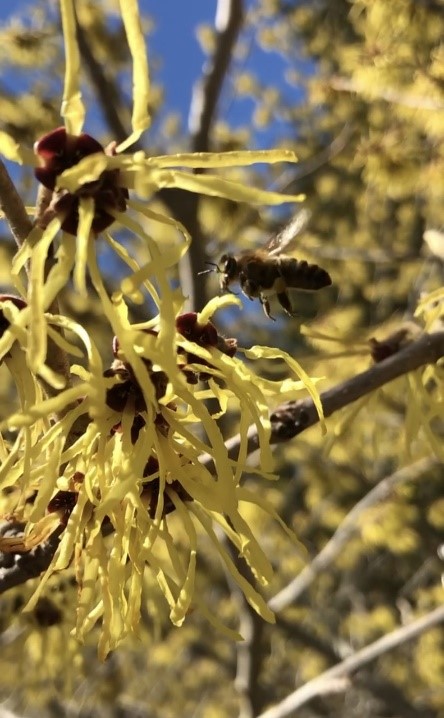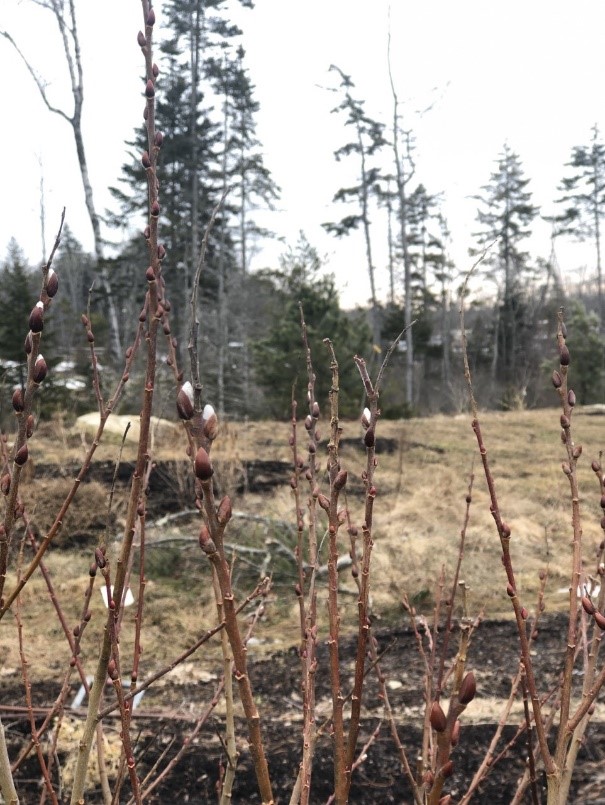Planting for Pollinators in the Early Spring
Spring can be a make-it-or-break-it time of year for some pollinators like the miner or sand bees, both of which begin to emerge and forage for pollen and nectar in late March and early April. Mourning cloak butterflies also emerge in early-to-mid March when temperatures begin to warm, and while they are able to sustain themselves in the meantime on alternative sugar and nutrient sources, it is still incredibly important to have early-blooming nectar sources for quality nutrition for both bees and butterflies alike.
Some of the best things you can do to support your native pollinators in the early spring is to incorporate early blooming shrubs such as willows and witch hazels and refrain from mowing lawn spaces where dandelions and clovers begin their early blooming. These native plants are hardier and tend to have more reliable blooming schedules year after year, ensuring that there will be food for the pollinators every spring.
The pussy willow (Salix discolor) is a Maine native that is typically the first to bud and flower in the spring, providing the essential nectar and pollen that these early emerging pollinators need. Black willow (Salix nigra) is also a good native option and blooms shortly after pussy willow, which would help carry our pollinators a little further into the spring season. While Hamamelis virginiana is a native witch hazel and provides a great nectar source, it doesn’t bloom until late fall (which is a great option for carrying late season pollinators through until they are ready to overwinter). A couple of great options for early season blooming witch hazel is Hamamelis vernalis or Ozark witch hazel, which is hardy to zone 4, or Hamamelis x intermedia ‘Pallida,’ hardy to zone 5. Both of these witch hazel species provide another variety of nectar and pollen for early-emerging pollinators.


Image 1. Hamamelis x intermedia ‘Pallida’ inflorescence enticing a honeybee on a warm March morning
Image 2. Pussy willow or Salix discolor in the Native Butterfly and Moth Gardens with the buds just breaking open on a late February day (Photo credit: Alicia Miller)